Please follow us on Telegram to be sure to receive our latest posts!
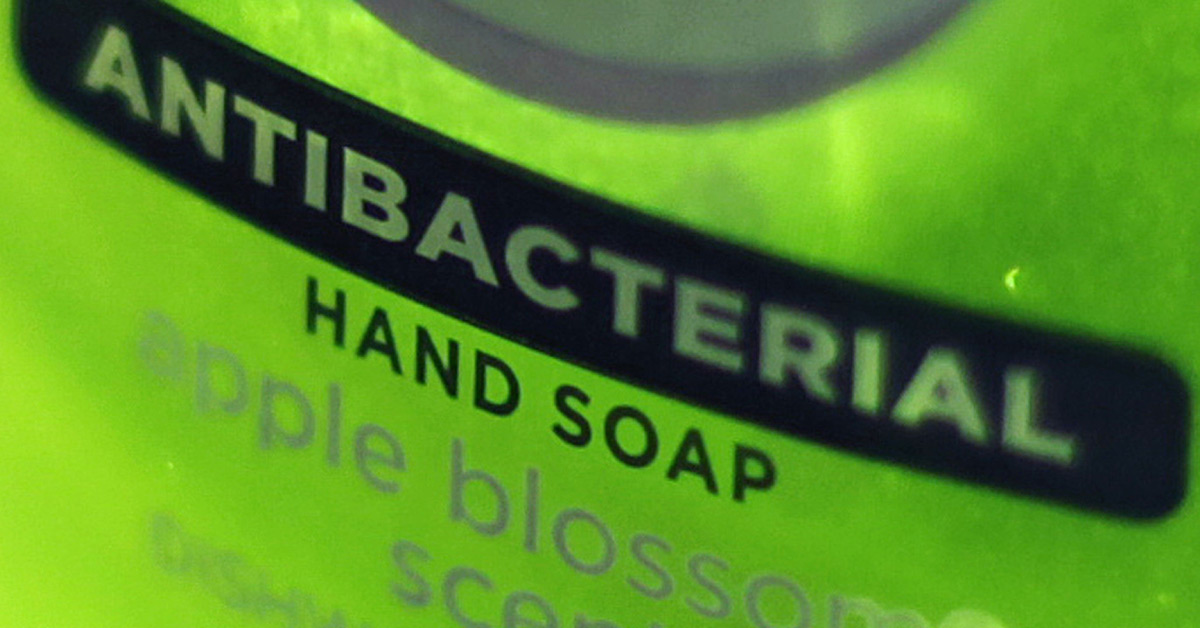
image – EatLocalGrown (with permission)
One of the most remarkable – and scary – things about the world of consumer goods is the monumental difference between perception and reality.
Antibacterial soaps are used by 74% of people in the USA. Manufacturers have propagated the idea that these products are “necessary” to fight germs – instilling a fear of this invisible enemy into people – and the belief is almost universal that these are a “superior” product in the battle against germs.
Recent research has not only found antibacterial soap to be ineffective in real world conditions, but that there are health dangers associated with the chemicals in these soaps. However despite the research findings, 84% of US adults surveyed said they have no health or environmental concerns about antibacterial soap. Most people just don’t even know…
Studies Found Antibacterial Soap Ineffective
In December 2013, owing to health concerns over the antibacterial agent Triclosan, the US Food and Drug Administration (FDA) proposed a rule stating that manufacturers must provide data to demonstrate that antibacterial soap is more effective than plain soap and water.
The results of the studies are now out and it’s official: Antibacterial formulas don’t work better than regular soap and hot water. [1]
One study tested the products on 238 households and found that people who use antibacterial soaps and cleansers develop a cough, runny nose, sore throat, fever, vomiting, diarrhea, and other symptoms just as often as people who use regular soaps. [2]
A 2015 Oxford University study that compared antibacterial soap containing triclosan (at a concentration of 0.3% – the maximum allowed by law) with normal soap, found that Antibacterial soap containing triclosan (0.3%) was no more effective than plain soap at reducing bacterial contamination when used under ‘real-life’ conditions. [3]
A 2007 review also confirmed that antibacterial soap containing triclosan provided no additional benefit compared with a non-antibacterial soap. [4]
Triclosan Causes Hormonal Disruption
The antibacterial and antifungal agent Triclosan (5-chloro-2-(2,4-dichlorophenoxy)phenol) has been associated with several health dangers, leading to its being already banned in the state of Minnesota.
The structure of triclosan is similar to the notorious bisphenol A (BPA) and dioxins, and it is degraded into various chlorinated dibenzo-p-dioxins by heat and ultraviolet irradiation. [5]
Triclosan has been shown to alter endocrine function in a variety of species: A 2006 study found that exposure to low levels of triclosan disrupts thyroid hormone-associated gene expression and can alter the rate of thyroid hormone-mediated postembryonic anuran development of the North American bullfrog. [6]
A 2009 study further demonstrated hormonal disruption – tatting that triclosan significantly decreases circulating concentrations of the thyroid hormone thyroxine (T4) and to a lesser extent triiodothyronine (T3) in male rats. [5]
Links To Cancer, Bone Malformation
Some animal studies showed that triclosan caused fetal bone malformations in mice and rats, which may hint at hormonal effects. [7]
Triclosan has also been found to cause estrogenic activities in human breast cancer cells, which may stimulate the growth and development of cancer cells. The chemical has also been found to impair muscle function in both humans and animals, and is linked to an increase in allergies among children. [7]
Links To Antibiotic Resistance
Triclosan has even been found to help staph bacteria colonize the human nose! In one human study, 41 percent of participants were found to have detectable levels of triclosan in their nasal mucus, and this was found to double a person’s risk of carrying and spreading staph. [8]
Triclosan may also be contributing to the spread of antibiotic-resistant bacteria.
“Laboratory studies on bacteria exposed to triclosan demonstrate evidence of cross-resistance to critically important antibiotics including erythromycin, ciprofloxacin, ampicillin, and gentamicin. Further, there is evidence that resistance to triclosan itself exists in Salmonella enterica, Staphylococcus aureus, streptococcus, Escherichia coli, and other species of bacteria.
Strains of Mycobacterium tuberculosis tolerant to triclosan have also showed resistance to the drug isoniazid (INH), which is used to treat tuberculosis.
Triclosan also shows evidence of harm in the environment. When you wash your hands, that triclosan in your antibacterial soap goes down the drain, and small quantities persist in water even after treatment at sewage plants.15
It’s been frequently detected in US streams and other bodies of water, where it’s been found to affect algae’s ability to perform photosynthesis.16,17 Once in the environment, it may also be travelling up the food chain and accumulating to a concerning degree. As Smithsonian magazine reported:18
“The chemical is also fat-soluble — meaning that it builds up in fatty tissues — so scientists are concerned that it can biomagnify, appearing at greater levels in the tissues of animals higher up the food chain, as the triclosan of all the plants and animals below them is concentrated.
Evidence of this possibility was turned up in 2009, when surveys of bottlenose dolphins off the coast of South Carolina and Florida found concerning levels of the chemical in their blood.”
As mentioned, triclosan may also be contributing to the spread of antibiotic-resistant bacteria. The chemical isn’t only found in antibacterial soap; it’s also used in detergents, body wash, toothpaste, and even cutting boards and lipstick. All of this exposure adds up and may be offering bacteria an opportunity to build up resistance. As reported by Scientific American:19
“Laboratory studies on bacteria exposed to triclosan demonstrate evidence of cross-resistance to critically important antibiotics including erythromycin, ciprofloxacin, ampicillin, and gentamicin. Further, there is evidence that resistance to triclosan itself exists in Salmonella enterica, Staphylococcus aureus, streptococcus, Escherichia coli, and other species of bacteria.
Strains of Mycobacterium tuberculosis tolerant to triclosan have also showed resistance to the drug isoniazid (INH), which is used to treat tuberculosis.
Although the overuse of antibiotics in humans and livestock is a greater contributor to the public health crisis of antibiotic-resistant bacteria, the potential increased risk of antibiotic resistance from the use of antimicrobial chemicals is unnecessary.”
Kids Getting Poisoned by Hand Sanitizer
Using alcohol-based hand sanitizers may be suggested as an alternative to triclosan-containing antibacterial soap, but such products are not more effective than washing with plain hand soap and water. They can be useful in a pinch, but be aware that they don’t work if your hands are visibly dirty – and they may also be hazardous to children.
In 2013, US poison centers had more than 16,000 calls about children under 12 eating hand sanitizers – a 400 percent increase from 2010.20 The gels often contain appealing scents (like strawberry or vanilla) and may come in brightly colored bottles. Some even contain glitter, making them appealing to kids.
However, hand sanitizer may be 40 percent to 95 percent alcohol, so even a small amount can be toxic to kids. Many schools are now including hand sanitizers on children’s school supply lists, so be sure to talk to your children about the dangers (and if they’re too young to understand them, refrain from sending it in your child’s backpack).
You may also want to discuss the potential hazards with your child’s teachers, as there have been cases of children “drinking” squirts of hand sanitizer from large bottles sitting out in classrooms.
Another under-recognized risk of hand sanitizer concerns the penetration-enhancing chemicals they may contain and the endocrine-disrupting chemical bisphenol-A (BPA). BPA is found in many cash-register receipts, and research shows using hand sanitizer prior to handling receipts may increase BPA absorption by up to 185 times.21
You Have Triclosan In Your Body Right Now
Triclosan has been shown to bioaccumulate (that’s not good news). It readily penetrates your skin and enters your bloodstream much easier than was once thought, and it is now found in the majority of Americans [9] – having been found to be widespread in blood, breast milk and urine. It is also detected in waterways because it washes straight down the drain and some of it survives waste water treatment processing.
The chemical isn’t only found in antibacterial soap; it’s also used in dish soaps and detergents, body washes, toothpaste and even cutting boards and… lipstick.
It is fat-soluble — meaning that it builds up in fatty tissues — so scientists are concerned that it can appear at greater levels in the tissues of animals higher up the food chain, as the triclosan of all the plants and animals below them is concentrated.
Evidence of this possibility was turned up in 2009, when surveys of bottlenose dolphins off the coast of South Carolina and Florida found concerning levels of the chemical in their blood.
Such soaps may have their place, such as in an operating room prior to surgery, but they’re being vastly overused in homes, schools, restaurants, and other settings with potentially devastating consequences.
With all this mounting scientific evidence it does seem that this chemical may be banned from consumer products within a few years. In the meantime, here are a few alternatives to consider.
Alternatives To Consider
1) Washing hands with good ole’ soap and hot water.
2) A study at Virginia Polytechnic Institute and State University found that misting 3% hydrogen peroxide followed by misting with vinegar killed virtually all Salmonella, Shigella, and E. coli bacteria on heavily contaminated food and surfaces. Using one after the other (separate spray bottles) was found much more effective than mixing them together.
3) Eucalpytus and tea tree essential oils have been found to be potent antibacterials for use on household surfaces – and are not thought to generate resistant bacteria over time. Add 20 drops of each to a spray bottle of water, shake well before use, then spray ‘n’ wipe as usual.
Tips for Effective Hand Washing
Hand washing is a simple way to reduce your exposure to potentially disease-causing germs and reduce your chances of getting sick. While not the only factor (the health of your immune system also plays a major role), it can drastically reduce the germs that get access to your body, especially when you do it at key times, such as before eating or touching your mouth, eyes, and nose, and after using the restroom or visiting public areas.
Hand washing needs to be done correctly, however, in order to be truly effective for disease control. Simply rinsing your hands with water, or giving a quick scrub with soap, is not enough to remove germs. In one study, only 5 percent of people washed their hands in a way that would actually kill infection and illness-causing germs.22 So, to make sure you’re actually removing the germs when you wash your hands, follow these guidelines:
Use warm, running water, and a mild soap (avoid antibacterial soap)
Work up a good lather, all the way up to your wrists, and scrubbing for at least 15 or 20 seconds (most people only wash for about 6 seconds)
Make sure you cover all surfaces, including the backs of your hands, wrists, between your fingers, and around and below your fingernails
Rinse thoroughly under running water
In public places, use a paper towel to open the door as a protection from germs that the handles may harbor
Keep in mind that your skin is your primary barrier against germs, so obsessive-compulsive washing, especially in dry environments that typically exist for most in the winter months when the heat is on, can actually increase your risk of getting sick by drying out your skin and creating small cuts or tears.
So keep a balance — avoid washing your hands to the point of irritating your skin, as dry, cracked areas are a perfect entryway for germs. Finally, if you want a natural alternative to antibacterial cleaners around your home, try 3 percent hydrogen peroxide and vinegar. Simply put each liquid into a separate spray bottle, then spray the surface with one followed by the other.
In tests run at Virginia Polytechnic Institute and State University, pairing the two mists killed virtually all Salmonella, Shigella, and E. coli bacteria on heavily contaminated food and surfaces when used in this fashion, making this spray combination more effective at killing these potentially lethal bacteria than chlorine bleach or any commercially available kitchen cleaner. The best results came from using one mist right after the other – it is 10 times more effective than using either spray by itself and more effective than mixing the vinegar and hydrogen peroxide in one sprayer.
Some elements of this article reproduced with permission from Rick D
References:
[1] https://time.com/4035442/antibacterial-soap-ineffective/
[2] Effect of Antibacterial Home Cleaning and Handwashing Products on Infectious Disease Symptoms. Ann Intern Med. (2004). https://ncbi.nlm.nih.gov/pmc/articles/PMC2082058/
[3] Bactericidal effects of triclosan in soap both in vitro and in vivo. J Antimicrob Chemother. (2015). https://pubmed.ncbi.nlm.nih.gov/26374612
[4] Consumer Antibacterial Soaps: Effective or Just Risky? Clinical Infectious Diseases (2007). https://cid.oxfordjournals.org/content/45/Supplement_2/S137.long
[5] The Effects of Triclosan on Puberty and Thyroid Hormones in Male Wistar Rats. Toxicological Sciences (2009). https://toxsci.oxfordjournals.org/content/107/1/56.full
[6] The bactericidal agent triclosan modulates thyroid hormone-associated gene expression and disrupts postembryonic anuran development. Aquatic Toxicology (2006). https://sciencedirect.com/science/article/pii/S0166445X06003407
[7] Antibacterial Soap Is All Washed Up. Mercola. https://articles.mercola.com/sites/articles/archive/2015/09/29/antibacterial-soap.aspx
[8] Triclosan Promotes Staphylococcus aureus Nasal Colonization. American Society For Microboplogy (2014). https://mbio.asm.org/content/5/2/e01015-13
[9] Triclosan-containing antibacterial soaps neither safe nor effective. EWG (2014). https://ewg.org/testimony-official-correspondence/triclosan-containing-antibacterial-soaps-neither-safe-nor
😳 What Tinnitus Does To Your Brain Cells (And How To Stop It)
After 47 years of studies and countless brain scans done on more than 2,400 tinnitus patients, scientists at the MIT Institute found that in a shocking 96% of cases, tinnitus was actually shrinking their brain cells.
As it turns out, tinnitus and brain health are strongly linked.
Even more interesting: The reason why top army officials are not deaf after decades of hearing machine guns, bombs going off and helicopter noises…
Is because they are using something called "the wire method", a simple protocol inspired by a classified surgery on deaf people from the 1950s...
★ How To Get Rid Of Nail Fungus:
★ Does Your Salad Contain This Vegetable?
★ 20 Natural Painkillers In Your Kitchen (Video):
★ Men's Prostate Health:

2. Famous Chef Sheds 60lbs Researching New Paleo Recipes: Get The Cookbook FREE Here
3. #1 muscle that eliminates joint and back pain, anxiety and looking fat
4. 7 odd foods that KILL your abdominal fat (surprising fat-fighters)
5. The TRUTH about bread (Will surprise you!)
6. [PROOF] Reverse Diabetes with a "Pancreas Jumpstart"
7. Here's What Happens When You "Unlock Your Hip Flexors"
8. The #1 WORST food that CAUSES Faster Aging (beware -- Are you eating this?)
The #1 Muscle That Eliminates Joint And Back Pain, Anxiety And Looking Fat
By Mike Westerdal CPT
Can you guess which muscle in your body is the #1 muscle that eliminates joint and back pain, anxiety and looking fat?
This is especially important if you spend a significant amount of time sitting every day (I do, and this really affects me in a big way!)
Working this "hidden survival muscle" that most people are simply not training because no-one ever taught them how will boost your body shape, energy levels, immune system, sexual function, strength and athletic performance when unlocked.
If this "hidden" most powerful primal muscle is healthy, we are healthy.
Is it...
a) Abs
b) Chest
c) Glutes
d) Hip Flexors
Take the quiz above and see if you got the correct answer!
P.S. Make sure you check out this page to get to know the 10 simple moves that will bring vitality back into your life:
If you enjoyed this page:


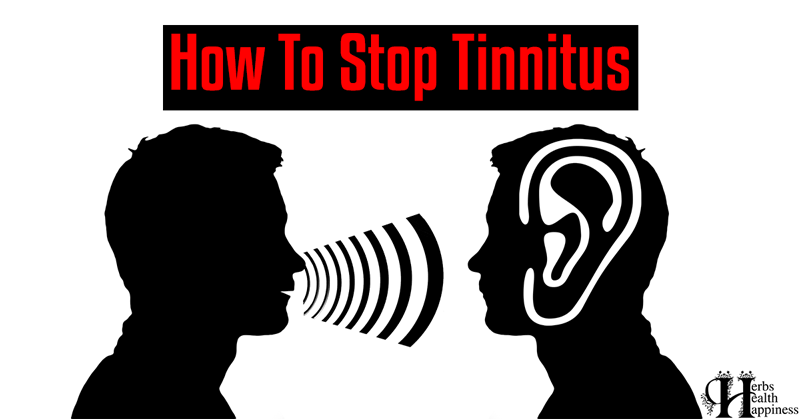


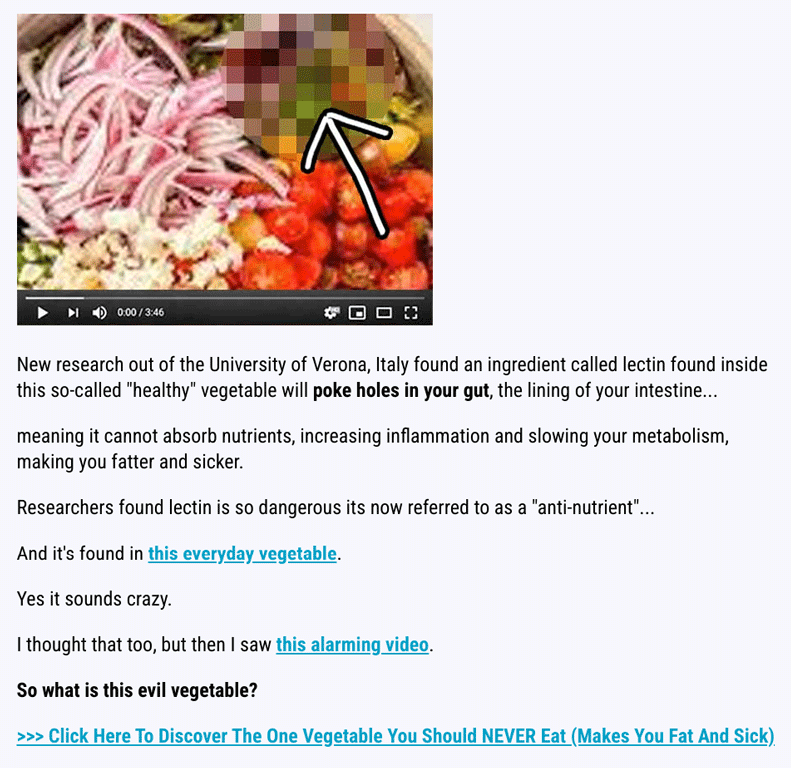

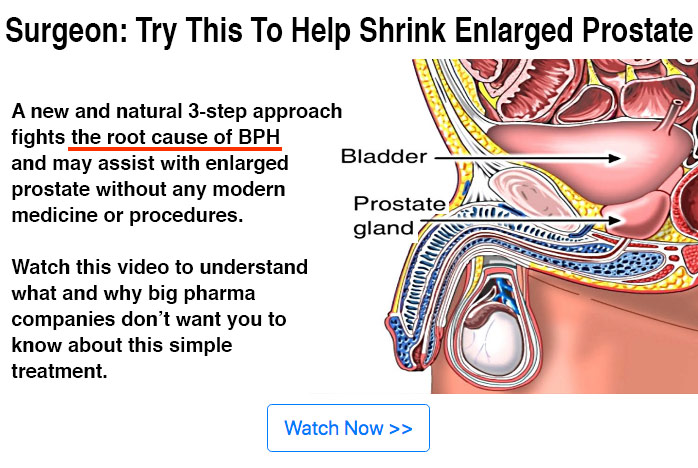
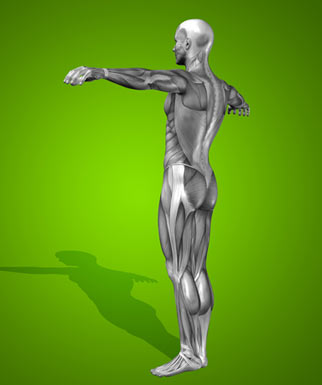

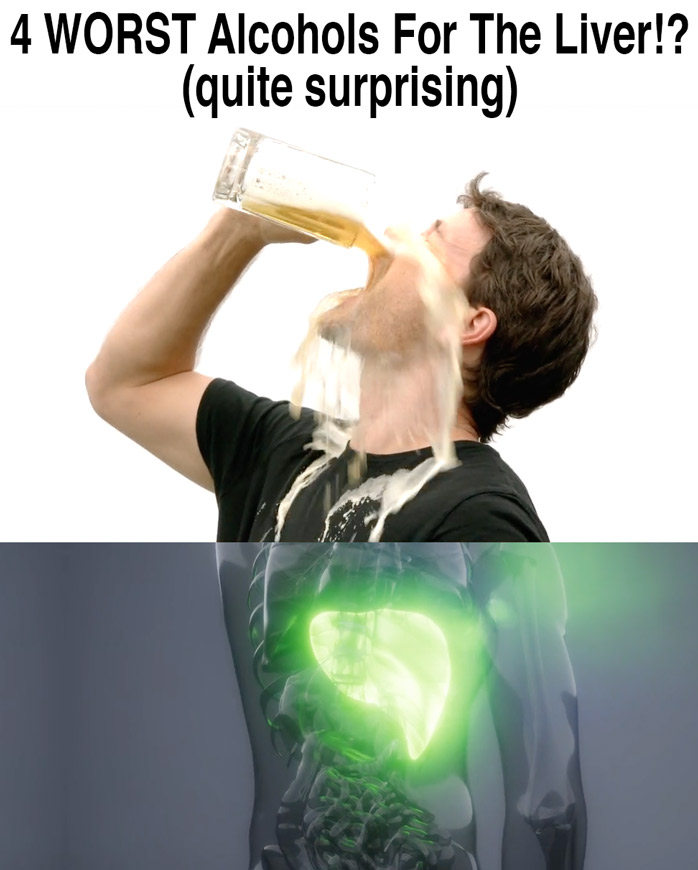


Thank you for posting this. I don’t use antibacterial soap for the same reasons except we tested it. When I was in High School I worked up at the University in a Microbiology Lab. We were to come up with our own experiment and then present it to the board over us, and my group decided we were going to see which kinds of soaps worked the best. We found that regular soap worked the Best. No doubts. All the data was their and we showed it to the board and they were impressed. I am sure that others found this data before ourselves, but no wonder scientist ( especially in Microbiology labs) are really careful about what they use and eat. I thank you again and this comment is to leave more proof that this article is accurate.
don’t use again for antibacterial soap , I should now to carefully selected third soaps. …..